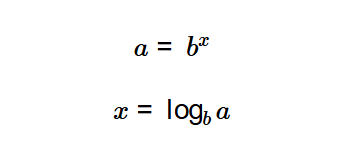 Home
Home
 Back
Back

Definition: This calculator computes one variable in the exponential equation \( b^x = a \), where \( b \) is the base, \( x \) is the exponent, and \( a \) is the result. The user inputs any two of these values, and the calculator solves for the third.
Purpose: It aids in mathematics education, algebra, and scientific calculations by solving exponential equations, useful in areas like growth modeling, physics, and finance.
The calculator uses the following exponential relationships:
Steps:
Exponent calculations are essential for:
Examples:
Q: What does \( b^x = a \) represent?
A: It represents an exponential equation where \( b \) is the base, \( x \) is the exponent, and \( a \) is the result. The calculator solves for one variable given the other two.
Q: Why can’t the base be 1 when calculating the exponent?
A: The logarithm with base 1 is undefined because \( 1^x = 1 \) for all \( x \), so it cannot produce a unique exponent.
Q: Can the result be negative?
A: No, the result \( a \) must be positive for real solutions when calculating \( x \) or \( b \), as logarithms and roots are defined for positive numbers in the real number system.